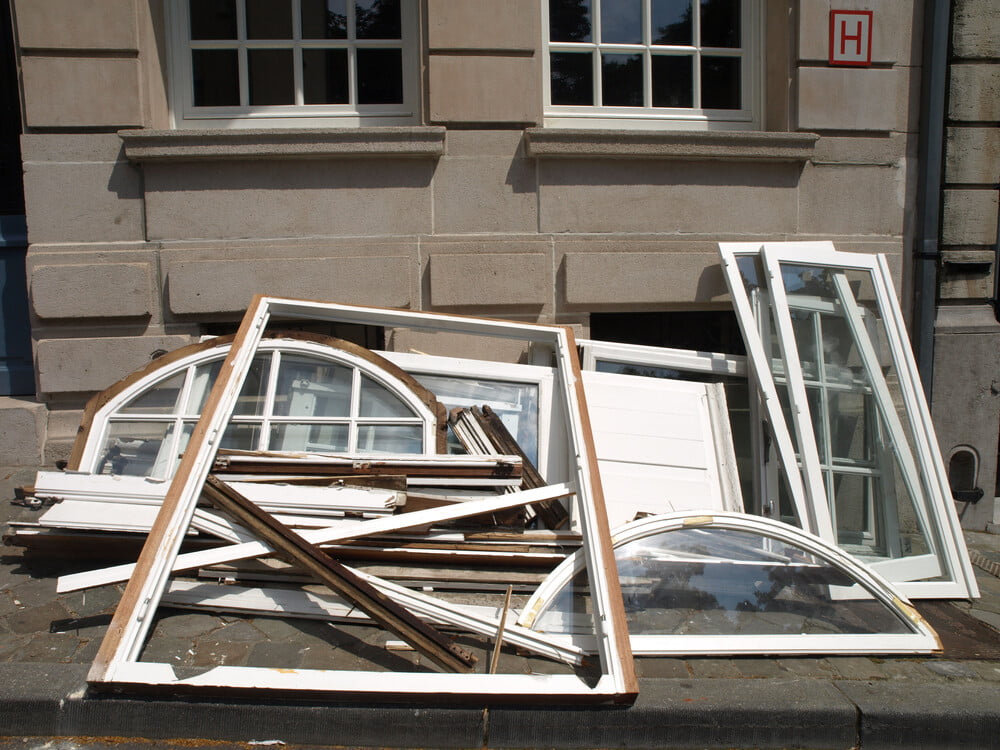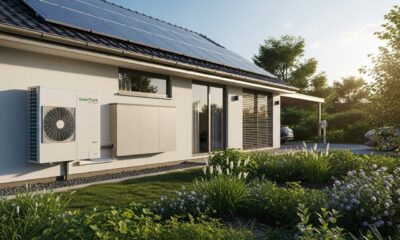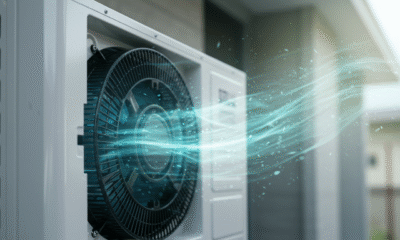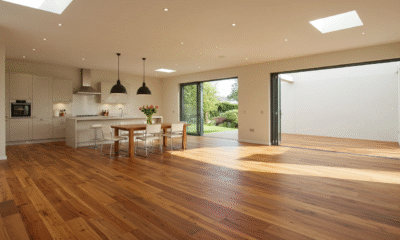

Energy
The Surprising Impact of Thermal Envelopes on Home’s Carbon Footprint
There are a lot of factors that you need to consider when you want to create an eco-friendlier home. Your carbon footprint will be lower if you understand the impact of heat loss and take steps to control it.
One of the most important elements of a property’s design and construction is the thermal envelope and this can have an enormous bearing on how comfortable the home is, its energy efficiency and the running costs. So, what exactly is a thermal envelope and how can it be improved? What role does it have on your home’s carbon footprint?
Read on for all that you need to know about how to lower your carbon footprint by minimizing your home’s carbon footprint.
Defined
Essentially, a thermal envelope is everything about the home that shields the living space from the outdoors. It is the parts of the home that offer protection from the heat/cold outside, which can include things like the wall and roof assemblies, windows, insulation and caulking just to name a few key parts.
Improving the Envelope
There are many ways to improve the envelope and combining these can transform your home by making it much more comfortable, reducing your environmental impact and reducing your energy bills. On top of this, it can also improve air quality as it is harder for pollution and allergens to enter without being filtered first.
Frame Construction & ICFs
Advanced wood frame construction is one of the most effective which involves using new construction techniques to reduce lumber and allow for more insulation. Insulated concrete forms (ICFs) are also highly effective when it comes to insulating concrete walls as foam blocks and planks that can fit together to provide durable, lightweight and effective insulation.
Structured Insulated Panels & Wall Systems
Structured insulated panels provide highly effective thermal resistance (and soundproofing) as polystyrene foam sandwiched between oriented strand board while panelized wall systems can create a tight envelope while also speeding up construction time.
Sealing Gaps
As you might expect, creating a tight thermal envelope also involves making sure that there are no gaps or places that air can flow between the outside and in. This means that it is important to pay close attention to features such as the doors, windows and bricks and to use high-quality sealants to prevent heat loss.
Why Envelopes Fail
It is also important to understand the main reasons why a thermal envelope fails and what can be done to avoid this. As you would expect, home design is a key step so it is always important to use an experienced architect and you also need to make sure that installations are done professionally and to a high standard. Heat bridges (places where the support structure meet part of the heat flow layer) can also create weak spots, so careful attention must be paid to these bridges.
The thermal envelope is important in terms of making the home comfortable and able to maintain temperature, reducing energy wastage to make the home more ecofriendly and keeping your energy bills down. This is why it is important to know the best ways to create a strong thermal envelope, what can create issues and how you can solve these problems.


 Environment10 months ago
Environment10 months agoAre Polymer Banknotes: an Eco-Friendly Trend or a Groundswell?

 Environment12 months ago
Environment12 months agoEco-Friendly Home Improvements: Top 7 Upgrades for 2025

 Features9 months ago
Features9 months agoEco-Friendly Cryptocurrencies: Sustainable Investment Choices

 Features10 months ago
Features10 months agoEco-Friendly Crypto Traders Must Find the Right Exchange


























